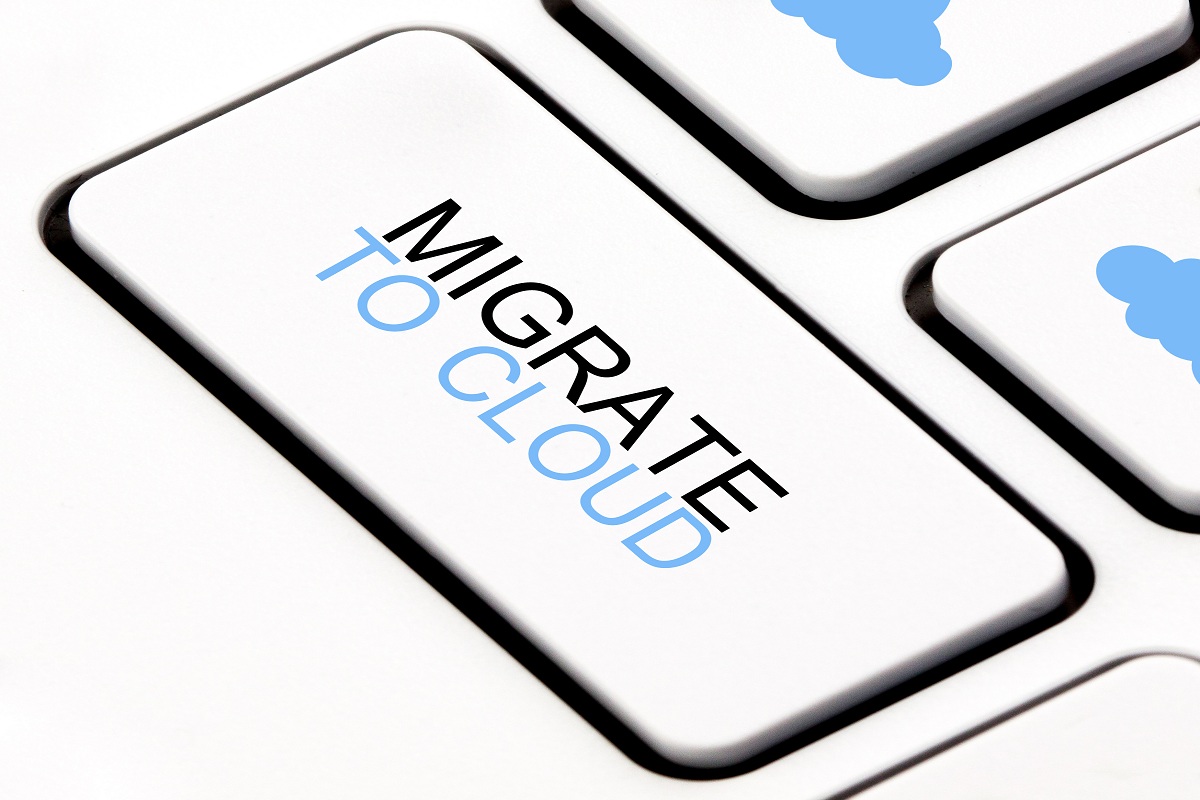The reality of making a move to the cloud
Arrow's David Fearne discusses how cloud value-added distribution can turn ‘puff’ into reality

Clouds are continually changing and appear in a variety of forms. Cloud computing shares many of the same characteristics, presenting itself at different levels of complexity from software-as-a-service (SaaS), application service provision, and grid and utility computing. It also offers unprecedented opportunities to generate more value for money for customers.
Cloud computing has been heralded as one of the major milestones in the history of IT and is constantly evolving. From J.C.R. Licklider’s concept of delivering computing resources through a global network, developed in the 1960s, to today’s hybrid cloud made up of a combination of varied and different elements.
Since then, cloud computing has developed along a number of lines, with hybrid data being the most recent evolution. However, cloud computing for the masses has been something of a late developer as the Internet only started to offer significant bandwidth in the nineties.
So how can today’s businesses ensure cloud computing is more than just the latest fad – more to the point how can the channel help any organisation make it a reality?
I thought a good place to start might be with Arrow’s own experience.
Several decades before salesforce.com first introduced the concept of delivering enterprise applications via the web in the late 1990s - and by the time Amazon and Google brought their own cloud services to market in the 2000s - Arrow was already reaping the benefits of cloud in terms of agility, rapid deployment and process optimisation.
As an early adopter of the concept of cloud computing - back in the early ‘70s - the company pioneered the electronic distribution industry’s first integrated on-line, real-time computer system. Over the last 40 years it has continued to develop portals and web-based applications to underpin specific lines of business, from product marketing through to technical support.
ChannelPro Newsletter
Stay up to date with the latest Channel industry news and analysis with our twice-weekly newsletter
And as IT has evolved from a mainframe environment through personal computing to today’s virtualised software-defined world, Arrow has adapted its value model and built an ecosystem based on cloud-managed services (CMS) to meet the growing demand for hybrid cloud.
Arrow pioneered cloud aggregation platforms with its launch of ArrowSphere in 2012; a cloud services aggregation and brokerage platform. Arrowsphere has enabled the European channel community to bring new dimensions to cloud delivery by facilitating access to leading-edge cloud services, centralise billing and provisioning; and improve reliability through trusted single-sign-on solutions.
The company’s knowledge and understanding of cloud computing, and the advantages it can bring to the channel and its customers, is therefore born from first hand experience.
So, how well is the channel embracing the cloud in 2016 and where can distribution help?
Alastair Edwards, principal analyst at Canalys, has provided some insight into the challenges facing channel businesses when providing cloud services. In ‘The changing cloud opportunity for the channel’ his company’s research shows that the channel’s greatest fear is of cloud providers and vendors bypassing it and selling direct, followed by a concern that cloud providers don’t really understand how the channel works.
This is where a cloud value-added distributor (CVAD) has a responsibility to help its channel partners. By applying best practice and a methodical approach to assessing its business, a CVAD can identify exactly where a reseller is on its journey through the cloud by looking at what level of maturity its business is currently at. A CVAD can then close the gaps to enable resellers to overcome the challenges and reap the benefits that cloud can bring to their, and their customers’ businesses.
For some, this gap exists between being aware of the opportunity, yet not having the infrastructure or expertise in place to deliver the services to exploit it. For others, a new business model presents huge financial risk and a chasm too great to cross. Others may already be successfully selling cloud services and it may just be a simple step to make to expand their offerings and deliver more to their clients.
By undertaking an assessment to determine the degree of digital transformation a business has undergone, a CVAD can then create the foundation for building a long term and collaborative relationship with its partners. On these foundations can then be built a plan to enable resellers to define and develop a proposition to take to market. Without support from a distributor with first hand experience of cloud technology - as well as the infrastructure, resources and channel business know-how - these first steps towards cloud service provision can be daunting to say the least.
If resellers are to overcome their fears of service providers selling direct, they need to be confident that once they have developed their cloud proposition they then have the support and expertise of their distributor to take it to market. While lead generation campaigns may form part of their marketing strategy, market intelligence, PR, social media and content creation are all part of the bigger picture that a CVAD should provide to its resellers to ensure they are fully equipped to find - and then win new cloud sales opportunities.
Finding skilled pre-sales and consulting staff is another challenge facing the channel and is a reflection of the seemingly endless global IT skills shortage. Rather than helping resellers to recruit new people with the right skills, a CVAD can provide an important role in training and developing existing staff. They should also be able to provide certification on specific vendors’ cloud offerings as well as training on the principles of cloud.
Real value-add comes from not only transferring skills in ‘what to sell’ but also the skills and support tools in ‘how to sell’. By understanding the technology as well as the business, a CVAD should be able to help resellers to identify and profile potential customers, find solutions complementary to those they already sell, and cross, up-sell and track leads from generation to closure.
Initiatives such as the Cloud Enablement Programme are designed to suit individual business needs and to empower channel customers to grow profitable and sustainable cloud service businesses and help partners realise their cloud service goals. Programmes such as this educate businesses on how to deliver cloud-related products and services, as well as creating opportunities to generate more value from and for customers.
Cloud can seem a daunting prospect as the services on offer are constantly changing. However, they are always adapting to the needs of businesses making the journey to the cloud, which presents exciting opportunities and greater profitability. Cloud value added distribution is the key to enabling resellers to build a solution-based practice that meets their cloud services goals, by providing the support and expertise they need for every step of the journey.
David is techical director of Arrow ECS in the UK and Ireland.
-
 How the UK MoJ achieved secure networks for prisons and offices with Palo Alto Networks
How the UK MoJ achieved secure networks for prisons and offices with Palo Alto NetworksCase study Adopting zero trust is a necessity when your own users are trying to launch cyber attacks
By Rory Bathgate
-
 Putting small language models under the microscope
Putting small language models under the microscopeITPro Podcast The benefits of small language models are undeniable – but they're no silver bullet
By Rory Bathgate